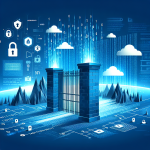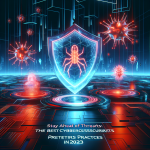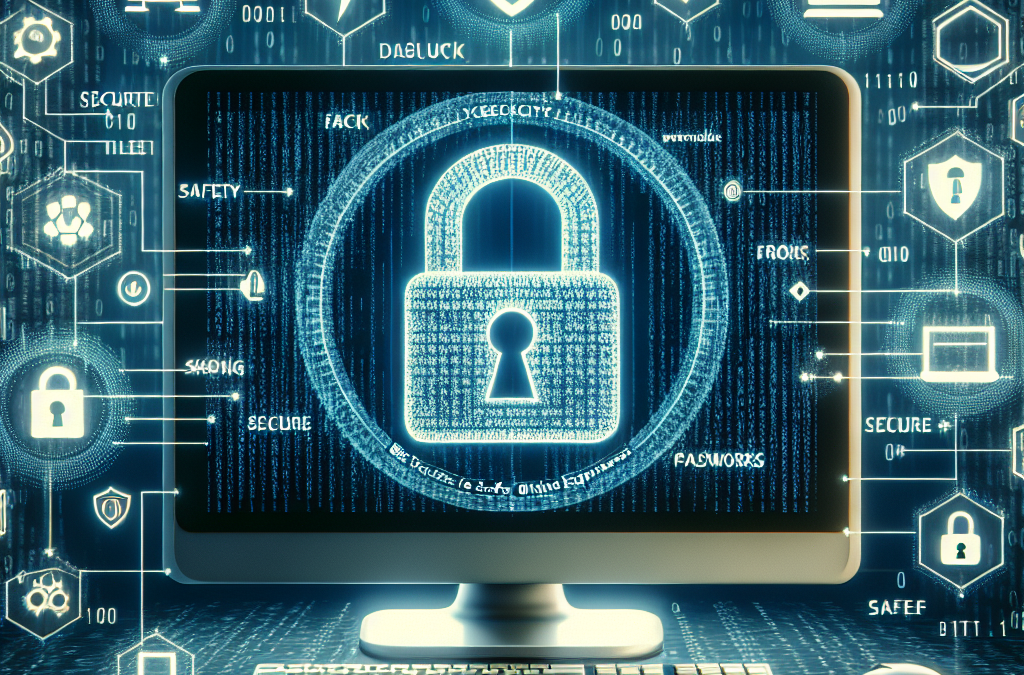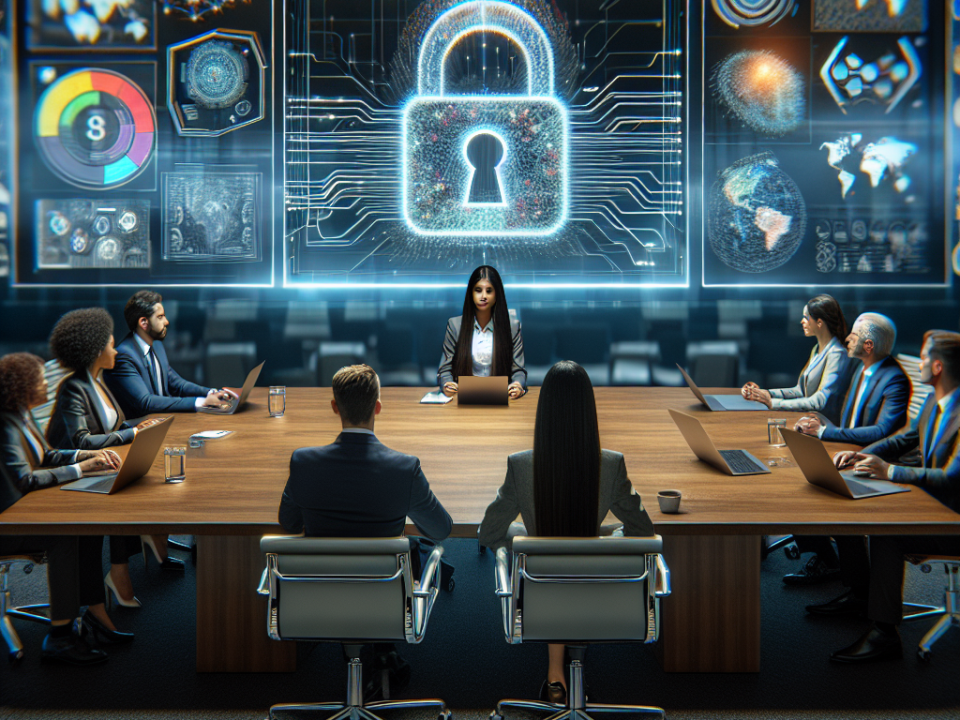
Cybersecurity 101: Best Practices for a Safer Online Experience
May 28, 2025
Stay Ahead of Threats: The Best Cybersecurity Practices for 2023
May 28, 2025
In our increasingly digital world, the importance of cybersecurity cannot be overstated. With cyber threats on the rise—from data breaches to identity theft—understanding the fundamentals of online safety is essential. This article outlines key best practices to help you navigate the internet securely.
Understanding Cybersecurity
Cybersecurity entails protecting computer systems, networks, and data from theft, damage, or unauthorized access. With the growing reliance on technology for daily transactions, communication, and information storage, being aware of potential threats and how to mitigate them is crucial.
Best Practices for a Safer Online Experience
1. Use Strong Passwords
A robust password is your first line of defense. Follow these guidelines:
- Length and Complexity: Aim for at least 12 characters, incorporating uppercase letters, lowercase letters, numbers, and symbols.
- Avoid Easily Guessable Information: Do not use personal information such as birthdays or names.
- Unique Passwords: Never reuse passwords across different sites. A password manager can help you generate and track unique passwords.
2. Enable Two-Factor Authentication (2FA)
Two-factor authentication adds a layer of security by requiring two forms of identification before access is granted. This could be a password followed by a code sent to your phone or an authentication app. Enable 2FA wherever possible, as it significantly reduces the risk of unauthorized access.
3. Keep Software Updated
Regularly updating your operating system, applications, and antivirus software ensures you are protected against the latest vulnerabilities. This includes:
- Operating Systems: Enable automatic updates for your operating system.
- Applications: Check for updates on software and apps regularly.
- Antivirus Software: Keep your antivirus software updated to protect against new threats.
4. Be Wary of Phishing Scams
Phishing attacks often come in the form of emails or messages that appear legitimate but are designed to trick you into providing sensitive information. To avoid falling victim:
- Verify Senders: Always check the sender’s email address before clicking on links or downloading attachments.
- Look for Red Flags: Poor grammar, urgent language, or generic greetings can indicate a phishing attempt.
- Avoid Clicking Links: Instead of clicking links in emails, type the URL directly into your browser.
5. Secure Your Wi-Fi Network
Your home Wi-Fi network can be an entry point for cybercriminals. To secure it:
- Change Default Credentials: Update the default username and password of your router.
- Use WPA3 Encryption: Ensure your Wi-Fi network uses WPA3 or WPA2 encryption for better security.
- Hide SSID: Hiding your network name (SSID) can prevent unauthorized users from trying to connect.
6. Be Cautious on Public Wi-Fi
Public Wi-Fi networks, like those in cafes or airports, can be common targets for cyberattacks. When using public Wi-Fi:
- Avoid Sensitive Transactions: Refrain from accessing sensitive accounts or making purchases.
- Use a VPN: A Virtual Private Network (VPN) encrypts your internet traffic, providing an additional layer of security while using public networks.
7. Regularly Back Up Data
In case of a cyberattack, having a backup of your important data can save you from significant losses. Consider these backup strategies:
- Cloud Storage: Use reliable cloud services for automatic backups.
- External Hard Drives: Regularly back up important files to an external hard drive and store it securely.
8. Educate Yourself and Others
Cybersecurity is a shared responsibility. Stay informed about the latest threats and cybersecurity best practices. Share this knowledge with family, friends, and coworkers to help create a more secure digital environment collectively.
Conclusion
Implementing these best practices can significantly enhance your online security and reduce the risk of cyber threats. Cybersecurity is not just a technical issue; it requires conscious efforts from individuals. By staying informed and proactive, you can enjoy a safer online experience and protect your personal information from cybercriminals.







